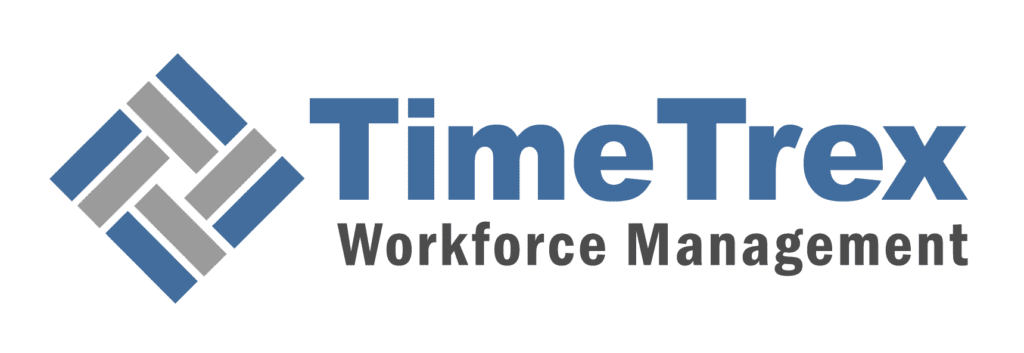Free Saskatchewan Sales Tax Calculator
Saskatchewan Sales Tax Calculator
Found our Free Saskatchewan Sales Tax Calculator useful? Bookmark and share it.
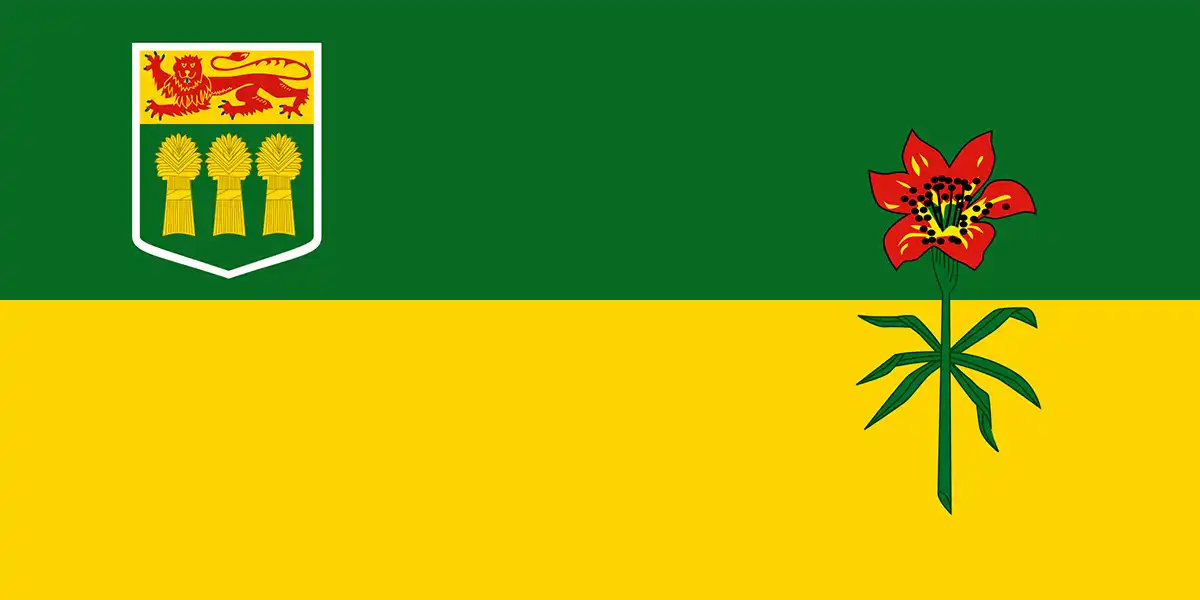
Saskatchewan New Home Rebate Explained
In 2020, the Government of Saskatchewan introduced a rebate program designed to help individuals with the cost of purchasing a new home. This Saskatchewan New Home Rebate allowed eligible homebuyers to recover a portion of the Provincial Sales Tax (PST) paid on new homes that closed between April 1st, 2020, and March 31st, 2023. The potential rebate could be up to 42% of the PST paid.
Key Conditions for the Rebate
To qualify for the Saskatchewan New Home Rebate, several specific conditions had to be met:
- Home Value Limitation: The value of the new home had to be less than $450,000. Homes priced at or above this threshold were not eligible for any rebate.
- Rebate Calculation: The maximum rebate available was $8,820, which applied to a home valued at $350,000. For homes priced between $350,000 and $450,000, the rebate amount decreased linearly, eventually reaching $0 for a $450,000 home.
- PST on Home Price Only: The rebate was specifically applicable to the PST charged on the price of the new home itself. The value of any associated land (if applicable) and the cost of any renovations were not eligible for the rebate. While these excluded components did not contribute to the $450,000 home value limit, they were still subject to the standard PST.
- Inclusion of Appliances: It’s important to note that the value of appliances included with the new home was considered part of the total value of the home for the purpose of the $450,000 limit.
- Primary Residence Requirement: The new home purchased had to become the primary place of residence for the applicant.
GST Exemptions: A Separate Matter
It’s important to distinguish the PST rebate from Goods and Services Tax (GST) exemptions. Saskatchewan, like other Canadian provinces, has certain goods and services that are exempt from GST. There are two main types of GST exemptions:
- Direct Exemptions: These are specific goods and services that are legally exempt from GST.
- Zero-Rated Goods and Services: While technically taxable at a rate of 0%, these items effectively have no GST applied at the consumer level.
The distinction between these two categories primarily affects how businesses handle their input tax credits. As a consumer, you would not have to pay GST on items falling under either direct exemptions or zero-rated categories. This is a separate aspect of taxation and not directly related to the Saskatchewan New Home Rebate on PST.
Understanding GST: Zero-Rated vs. Directly Exempt Goods and Services
In Canada, the Goods and Services Tax (GST) is a broad-based consumption tax applied to most goods and services. However, there are specific categories of goods and services that are either zero-rated or directly exempt from GST. While both result in no GST being charged to the consumer, the distinction lies in how businesses handle the input tax credits related to these supplies.
Zero-Rated Goods and Services
Goods and services that are zero-rated are technically taxable under the Excise Tax Act, but the applicable tax rate is 0%. This means that while no GST is collected from the consumer at the point of sale, businesses supplying zero-rated goods and services are still entitled to claim input tax credits (ITCs) for the GST they paid on their business inputs related to those supplies. Common examples of zero-rated goods and services include:
- Basic Groceries: This category encompasses a wide range of essential food items intended for human consumption. Examples include meats, fish, cereals, dairy products (like milk and cheese), eggs, fresh and frozen vegetables, coffee beans, and tea leaves. It’s important to note that certain food items, often considered less essential or prepared, such as snack foods, alcoholic beverages (liquor), and carbonated beverages, are not zero-rated and are subject to the Harmonized Sales Tax (HST) in provinces where it applies (including Ontario).
- Prescription Drugs: Medications that require a prescription from a licensed healthcare practitioner are zero-rated. However, over-the-counter (OTC) drugs, which can be purchased without a prescription, are generally not zero-rated and are subject to GST/HST.
- Medical Devices: Various medical devices, such as wheelchairs, prosthetics, and other aids for individuals with disabilities, are typically zero-rated to make them more accessible.
- Feminine Hygiene Products: Products like tampons, sanitary napkins, and menstrual cups are zero-rated.
Directly Exempt Goods and Services
Goods and services that are directly exempt from GST are not subject to the tax under the Excise Tax Act. This means that no GST is charged to the consumer, and businesses providing these exempt goods and services are generally not entitled to claim input tax credits for the GST they paid on their business inputs related to these exempt supplies. Common examples of directly exempt goods and services include:
- Residential Resales of Property: The sale of previously owned and used residential properties is exempt from GST. However, the sale of newly constructed homes is generally taxable (though subject to potential rebates like the now-expired Saskatchewan New Home Rebate).
- Rental Accommodations (Longer Than a Month): Long-term residential rentals where the accommodation is for a period longer than one month are exempt from GST. Short-term rentals, such as those in hotels or vacation rentals for periods less than a month, are typically taxable.
- Educational Services (Leading to Credentials or Required for Practice): Educational services where the curriculum leads to a certificate, diploma, or degree, or services that are a prerequisite for practicing a specific trade or profession, are generally exempt. This often includes courses offered by recognized educational institutions.
- Medical and Dental Services: Most medically necessary healthcare services provided by licensed medical practitioners (doctors) and dentists are exempt from GST. This aims to ensure essential healthcare remains affordable.
- Financial Services: A range of financial services, such as basic banking fees, the granting of loans, and the sale of shares or bonds, are typically exempt from GST. The definition of financial services under the GST legislation can be complex.
- Legal Aid Services: Legal aid services provided by government-funded programs are generally exempt from GST to ensure access to justice for those who cannot afford legal representation.
- Day-Care Services: The provision of day-care services is exempt from GST, recognizing the importance of affordable childcare.
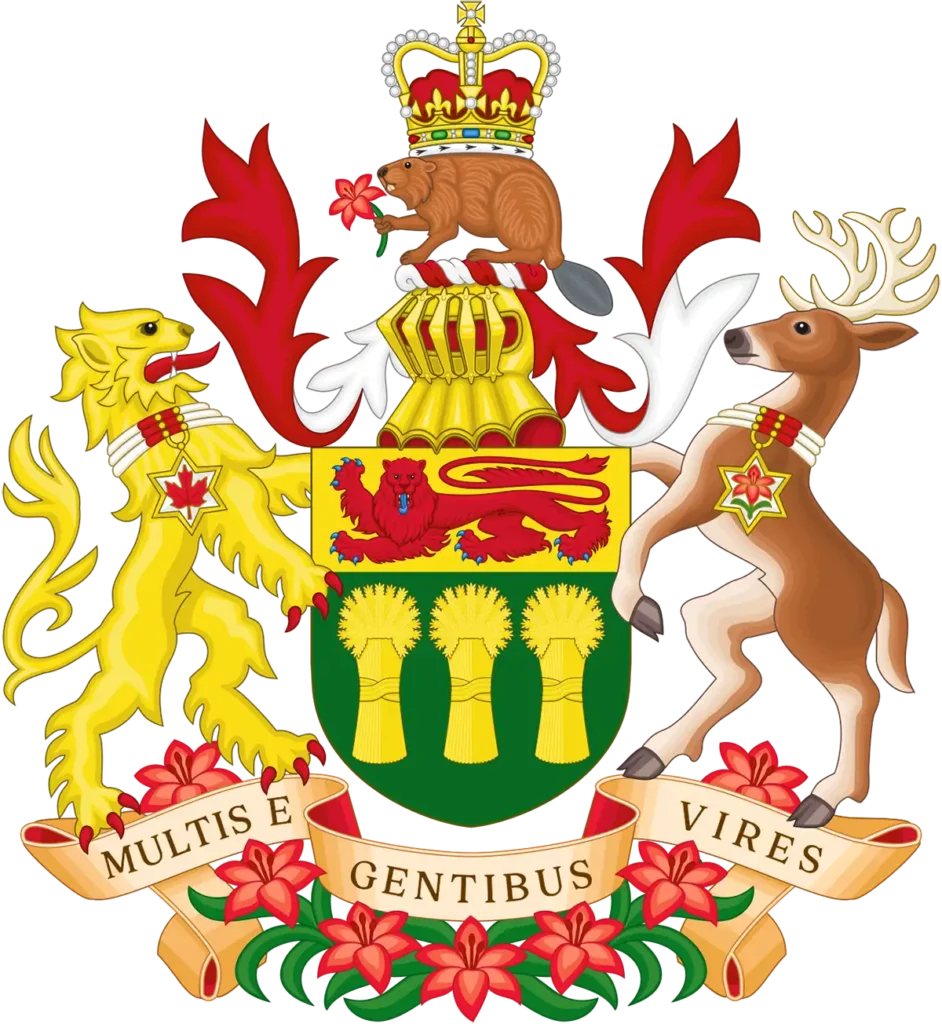
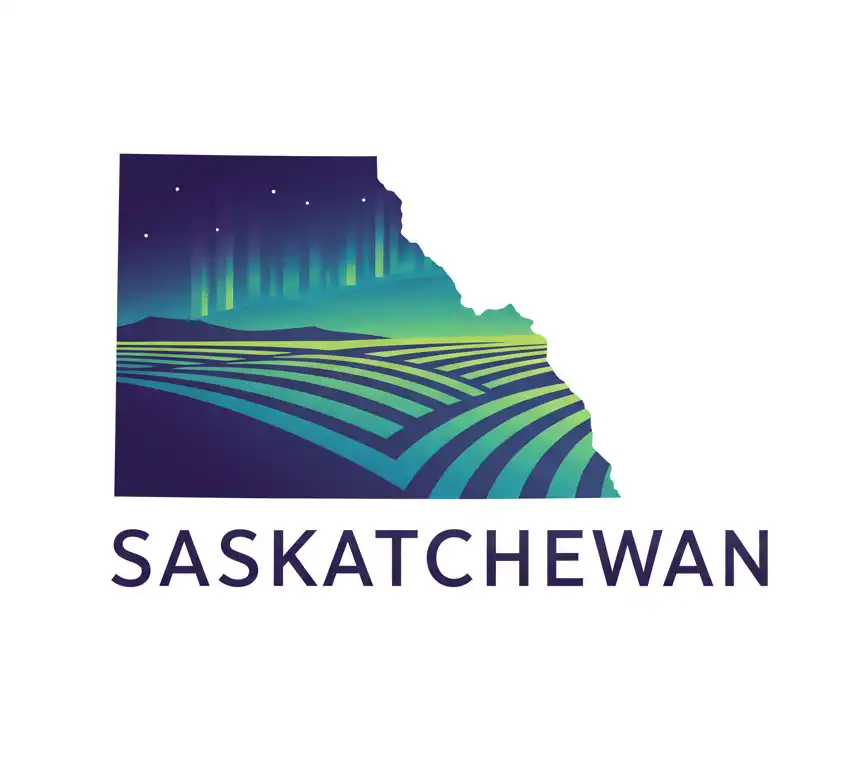
The Significance of Sales Tax Revenue in Saskatchewan and Canada
Sales taxes play a crucial role in the fiscal frameworks of both the Saskatchewan provincial government and the Canadian federal government, contributing substantially to their respective budgets.
Saskatchewan Revenues from Sales Taxes
Sales taxes represent a cornerstone of Saskatchewan’s revenue generation. During the 2023 fiscal year, the province anticipated total revenues from sales taxes, primarily the Provincial Sales Tax (PST), to reach an estimated $2.720 billion. This substantial figure underscores the importance of consumption taxes in funding provincial services and programs.
To further illustrate the significance of sales tax revenue in Saskatchewan, this $2.720 billion is projected to constitute 28.2% of all of Saskatchewan’s taxation revenue for the 2023 fiscal year. This indicates that over a quarter of the province’s tax income is derived from the PST and other sales-related levies.
Interestingly, the projected revenue from sales taxes in Saskatchewan for 2023 is slightly greater than the combined revenue expected from Saskatchewan’s corporate income tax and property tax. This comparison highlights the considerable economic impact and revenue-generating capacity of the PST within the province’s overall taxation structure. It suggests that consumer spending and retail activity are major contributors to the provincial treasury.
Federal Revenues from Sales Taxes
At the federal level, the Goods and Services Tax (GST) serves as the primary sales tax instrument contributing to the Canadian government’s budget. In the 2023 fiscal year, the federal government estimated that the GST would generate approximately $54.4 billion in tax revenue. This substantial amount represents a significant source of funding for federal programs and initiatives across the country.
While the absolute value of GST revenue at the federal level is considerably larger than Saskatchewan’s PST revenue (reflecting the broader national tax base), its proportion of the total federal revenue is different. The estimated $54.4 billion from GST accounted for 11.9% of the total revenue at the federal level during the 2023 fiscal year.
This indicates that while the GST is a major revenue stream for the federal government, it constitutes a smaller percentage of the overall federal budget compared to the role of sales taxes within Saskatchewan’s provincial revenue framework. This difference likely reflects the diverse range of federal revenue sources, including income taxes, employment insurance premiums, and other levies.
In conclusion, sales taxes, both at the provincial level in Saskatchewan (primarily through the PST) and at the federal level (through the GST), are critical components of government finances. They provide substantial funding for essential public services and contribute significantly to the overall budgetary health of both levels of government. The comparison between Saskatchewan’s sales tax revenue and its other major tax sources underscores the province’s reliance on consumption-based taxation, while the federal GST represents a significant, albeit proportionally smaller, component of the national revenue pool.
Understanding Saskatchewan's Provincial Sales Tax (PST)
The Provincial Sales Tax (PST) in Saskatchewan is a six percent (6%) sales tax that applies to the purchase or consumption of most taxable goods and services within the province. This includes:
- Goods and services purchased from suppliers located within Saskatchewan.
- Goods and services imported into Saskatchewan for consumption or use.
- Both new and used goods.
Paying PST as a Consumer
When you buy or rent taxable goods or services from a business that is licensed to collect PST in Saskatchewan, the supplier is responsible for charging and collecting the 6% PST from you at the point of sale.
However, if you acquire taxable goods or services from a supplier who did not collect the PST (e.g., an unlicensed supplier located outside of Saskatchewan), you are obligated to self-assess the PST due and pay it directly to the Revenue Division of the Saskatchewan Ministry of Finance.
PST for Businesses Operating in Saskatchewan
Businesses that operate in Saskatchewan are generally required to register for a PST number. Upon registration, depending on the nature of their business activities, they will be issued either a vendor’s licence number or a registered consumer number.
Applying for a Provincial Sales Tax (PST) Number
Obtaining a PST number is essential for businesses in Saskatchewan for the following reasons:
- Collecting and Remitting PST: To legally collect the 6% PST on their sales of taxable goods and services to customers in Saskatchewan.
- Reporting PST on Business Acquisitions: To report and remit any PST payable on taxable goods and services that the business acquires for its own use in its operations, where the supplier did not collect the tax.
Eligibility: The type of PST number issued (vendor’s licence or registered consumer number) depends on the specific nature of the business’s operations.
How to Apply: Businesses can apply for a PST Licence through several convenient methods:
- Register Online using SETS (Saskatchewan eTax Service): This online platform offers a secure and efficient way to register for various provincial taxes, including PST.
- New Businesses: Can submit a single online New Business Registration form to apply for PST, along with other potential licences like the Liquor Consumption Tax (LCT), Vehicle Purchase Tax (VPT), Business Consumption Tax (BCP), and/or the International Fuel Tax Agreement (IFTA) Licence.
- Existing Businesses: Already registered for other Saskatchewan tax programs can log in to their existing SETS account and submit a Service Request to Add account to apply for a PST Licence.
- For detailed guidance on using SETS, refer to the SETS Learning resources.
- Mail-in Application: New or existing businesses can complete and submit a Registration Form by:
- Email: Sending the completed form to [email address removed].
- Mail: Sending the completed form to the following address:
Ministry of Finance Revenue Division PO Box 200 Regina SK S4P 2Z6
Applying for a Provincial Sales Tax (PST) Refund
If you believe you have paid PST in error or have overpaid the tax, you may be eligible for a refund. You have two primary options for claiming a refund:
- Request a Refund from Your Supplier: Contact the business from which you purchased the goods or services and request a refund of the PST you believe was incorrectly charged or overpaid.
- Apply to the Ministry of Finance: If you are unable to obtain a refund from the supplier, or if you self-assessed and overpaid PST, you can apply directly to the Ministry of Finance.
Eligibility:
- You must submit your PST refund claim within four years from the date the overpayment occurred.
- Only the person who initially paid the tax is eligible to receive the refund.
- The Ministry of Finance will not process refunds of $5 or less.
How to Apply:
- Apply Online using SETS: This online service provides a secure and convenient way to submit your PST refund application.
- Submit a Completed Application for Refund Form: Download and complete the Application for Refund form. This form should be submitted along with supporting documentation, such as copies of invoices, receipts, and any other relevant documents that substantiate your refund claim.
- If you wish to receive your refund via Direct Deposit, you must also complete and include the Direct Deposit Form with your application. Ensure that the bank account information (address on void cheque or direct deposit form) matches the address provided on your refund application and is your current mailing address.
- The completed form and supporting documents can be submitted by:
- Email: To [email address removed].
- Mail: To the following address:
Ministry of Finance Revenue Division PO Box 200 Regina SK S4P 2Z6
Paying PST on Your Business Assets
Businesses in Saskatchewan are generally required to pay Provincial Sales Tax (PST) on the purchase of both new and used assets that will be used in their business operations.
If a business purchases assets from a supplier who did not collect the PST (such as a supplier located outside Saskatchewan or a business that is ceasing its operations), the purchasing business is responsible for self-assessing the PST due and remitting it directly to the Ministry of Finance.
Eligibility: Businesses starting operations in Saskatchewan use a specific Business Assets Declaration form to remit PST on the initial purchase of new or used assets related to the commencement of their business. For subsequent purchases of business assets, the PST due is typically reported on the “Net Tax on Consumption” line of the business’s regular PST return form.
How to Report & Pay (Initial Business Assets)
- Complete the Business Assets Declaration form within 30 days of the date the assets were purchased. Refer to the Business Assets Declaration Guidelines for detailed instructions.
- Attach a copy of the Agreement for Sale or Asset Purchase Agreement, including any supporting schedules, invoices, or receipts related to the asset purchases.
- Include receipts for any PST that may have already been paid on vehicles to motor licence issuers.
- Make your cheque payable to the Minister of Finance.
- Forward the completed form, supporting documentation, and payment to:
Ministry of Finance Revenue Division PO Box 200 Regina SK S4P 2Z6
Filing a PST Return
Businesses registered for PST in Saskatchewan are required to file PST returns on a regular basis. The filing frequency (monthly, quarterly, or annually) is determined by the amount of PST the business reports annually:
- Annually: If the tax reported is between $0 and $4,800 per year.
- Quarterly: If the tax reported is between $4,800 and $12,000 per year.
- Monthly: If the tax reported is over $12,000 per year.
To avoid penalties and interest charges, PST returns and any associated payments must be submitted by the due date. The deadlines are as follows:
- Non-electronic Filing or Payment: The 20th day of the month following the end of the reporting period.
- Electronic Filing and Payment (using SETS): The last day of the month following the end of the reporting period.
Even if a business has no tax to report for a specific reporting period, they are still obligated to file a “NIL” return.
A Casual PST Return form is used in specific circumstances by businesses or individuals who are not required to be regularly registered for a PST number. Examples of when to use a Casual PST Return form include:
- A small trader who occasionally participates in craft or trade shows within Saskatchewan.
- Saskatchewan residents who purchase taxable goods from outside the province where PST was not collected by the seller (unless the PST was paid to the Canada Border Services Agency upon entry or to another licensed collection agent). This includes online purchases, mail or telephone orders, and purchases made while traveling outside Saskatchewan.
Eligibility: Generally, businesses operating in Saskatchewan are required to obtain a PST number and file regular PST returns. The Casual PST Return is for specific, non-regular situations.
How to File
- File Online using Saskatchewan eTax Service (SETS): SETS offers two options for filing PST returns electronically:
- File Using SETS as a Registered User: Log in to your existing SETS account (or sign up if you don’t have one) to access your PST account and file your return. Registering provides access to past transactions and your statement of account.
- File your PST return without signing in: This option allows for quick filing without logging into a full SETS account.
- File PST Returns by Mail:
- Complete the paper PST return form that you receive by mail from the Ministry of Finance.
- Make your cheque payable to the Minister of Finance.
- Forward the completed form and payment to:
Ministry of Finance Revenue Division PO Box 200 Regina SK S4P 2Z6
- Make Payment through Online Banking: You may be able to pay your PST through your financial institution’s online banking services. Ensure you have your PST account number when making the payment.
PST Return Forms: The following forms are available for download from the Saskatchewan Ministry of Finance website:
- PST Return Form
- PST Return Instructions
- PST Return Worksheet Supplement and Instructions
- Outreach Review Supplemental PST Return Form
- Casual PST Return Form

Disclaimer: The content provided on this webpage is for informational purposes only and is not intended to be a substitute for professional advice. While we strive to ensure the accuracy and timeliness of the information presented here, the details may change over time or vary in different jurisdictions. Therefore, we do not guarantee the completeness, reliability, or absolute accuracy of this information. The information on this page should not be used as a basis for making legal, financial, or any other key decisions. We strongly advise consulting with a qualified professional or expert in the relevant field for specific advice, guidance, or services. By using this webpage, you acknowledge that the information is offered “as is” and that we are not liable for any errors, omissions, or inaccuracies in the content, nor for any actions taken based on the information provided. We shall not be held liable for any direct, indirect, incidental, consequential, or punitive damages arising out of your access to, use of, or reliance on any content on this page.
Trusted By
Trusted by 3.2M+ Employees: 21 Years of Service Across Startups to Fortune 500 Enterprises
Join our ever-growing community of satisfied customers today and experience the unparalleled benefits of TimeTrex.
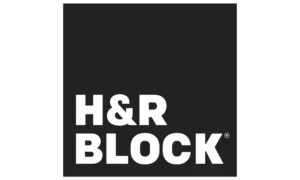
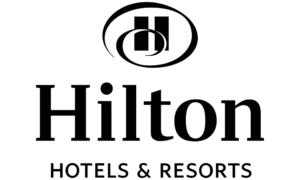



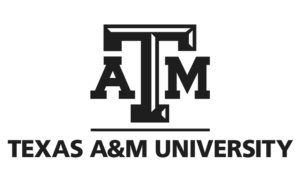
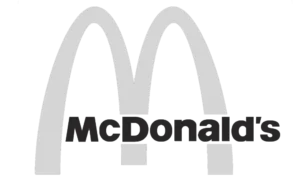


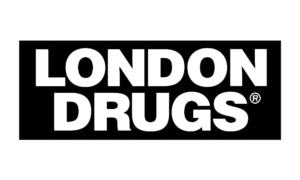
Strength In Numbers
Join The Companies Already Benefiting From TimeTrex
Time To Clock-In
Start your 30-day free trial!
Experience the Ultimate Workforce Solution and Revolutionize Your Business Today
- Eliminate Errors
- Simple & Easy To Use
- Real-time Reporting
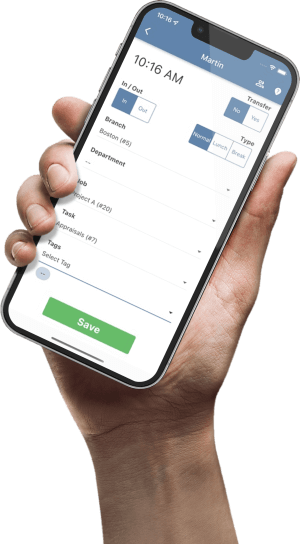
Saving businesses time and money through better workforce management since 2003.
Copyright © 2025 TimeTrex. All Rights Reserved.
